MYTH 2: "Recycling Software Solutions Can’t Help"
“Software solutions are expensive, don’t do what I need them to do, take a long time to implement….and what would I gain, really?”
This is the second installment of our eight-part myth-busting series. In this series, we explore some common myths in the recycling and waste management industry, explain how these myths came about and why they persist, and share some revolutionary insights that help program managers see things in a better way.

Digital technologies seem to be taking over the waste and recycling space.
Software solutions are abundant, with all sorts of varieties to solve unique challenges in the industry. And with solutions for everything – from logistics to analytics – there's good reason to believe waste and recycling software can help to optimize every aspect of a process, program, or business.
The prevalence of these solutions should come as no surprise. Many factors are driving the need for more of these technologies: increasing amounts of waste and recycling, changing business models, more oversight that requires detailed reporting – not to mention the growing climate crisis itself. Expecting to keep up with these demands without the use of software is unrealistic; the recycling market is growing so fast, and our sustainability commitments are so large, that nothing less than digital solutions could keep up.
On top of all of this, we live in a digital age, where such solutions have become the norm for almost every industry. Software and digital technologies are playing an increasingly crucial role in the worlds of medicine, finance, engineering, and more.
As a result of how digitized our world has become, we all have at least some understanding of the benefits of digitization, such as convenience, speed, accuracy, etc. Given that we can appreciate these benefits, it may seem odd that there are still people who resist digitization.
So let’s start by understanding the mentality of that resistance – the fears and concerns, as well as the limitations of that viewpoint. Then, we’ll dive into what software can do for the recycling and waste management industry specifically.
Why We Resist the Digital
There are many surface-level reasons why organizations might resist adopting a digital solution to manage their recycling or waste program: security concerns, fear about investment costs, and lack of digital literacy are chief among them.
With many program managers focused on putting out other fires, adopting new software seems like a bottom-of-the-list priority. Waste and recycling software solutions might promise things like optimized processes and better data – but how does that help me when I'm struggling to establish my ESG initiatives, meet my compliance obligations, prove greenhouse gas (GHG) reduction and landfill diversion, keep my participants happy, and reconcile endless reams of paper forms?
It sounds reasonable – and it’s the reality for most organizations in the industry. But, unfortunately, this way of working betrays a problematic underlying mentality: that of data resistance.

Before we dive into what
data resistance is, it’s important to state that there’s another side to the coin: program managers who resist digitization lack crucial knowledge about what digital solutions can actually do. Sure, they know generally what software purports to do – but many miss how
software that helps them manage their program materially impacts
their
everyday work, the major issues and complications in their programs, and their bottom line. Later in this post, we’ll share that crucial knowledge.
To summarize, resistance to waste and recycling software solutions comes from a combination of digital resistance and a gap in knowledge about how digital solutions give concrete benefit to specific programs. Let’s take these one at a time.
What is Data Resistance?
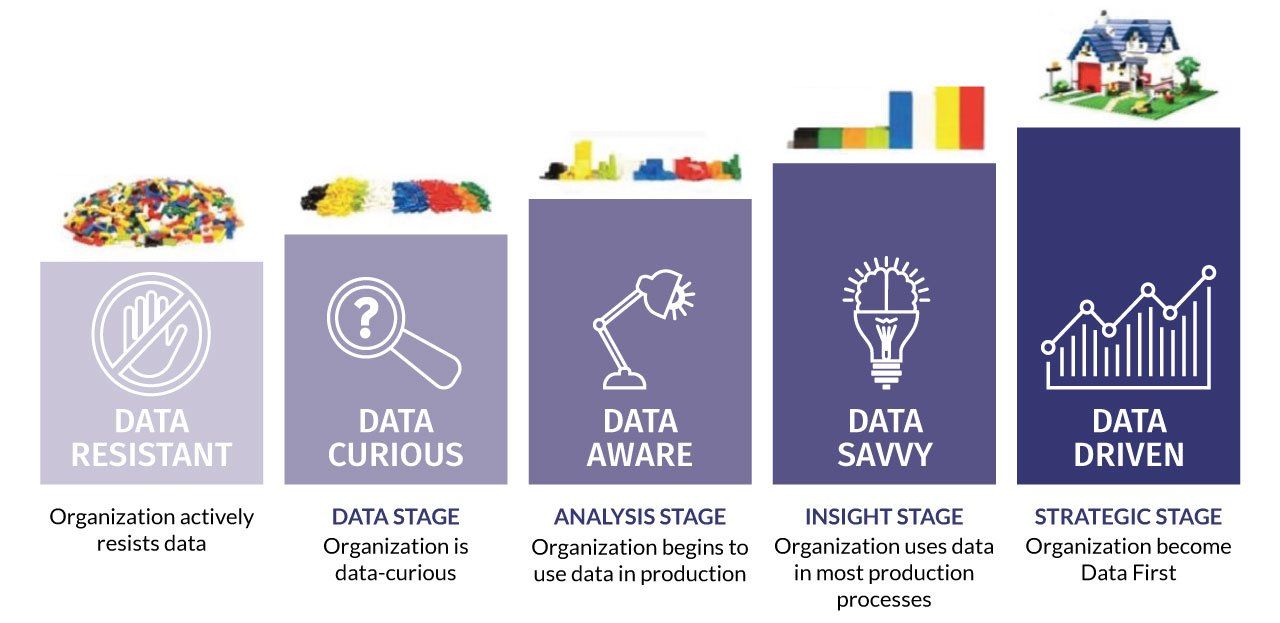
*Original Source: The Evolution of the Data-Driven Company, by Christopher S Penn
https://www.christopherspenn.com/2019/08/the-evolution-of-the-data-driven-company/#:~:text=The%20evolution%20of%20a%20company,cannot%20become%20truly%20data%2Ddriven.%20February%2025,%202022,%207:06%20AM
“We’ve always done it this way.”
“Change comes with headaches.”
“It’s working so far, isn’t it?”
Perhaps you’ve heard sentiments like this at your organization – maybe you’ve even felt this way before.
These types of statements are hallmarks of data-resistant organizations, demonstrating an unwillingness to change or a complacence with the status quo.
Data-resistant organizations are those that don’t see the value in having high-quality data or fail to see the connection between issues with their data and the daily pain-points they’re dealing with.
As Christopher Penn points out in his excellent post on the evolution of data-driven companies, organizations typically begin as data-resistant for a variety of reasons, and two of these are particularly interesting:
- Data might uncover hidden performance issues
- Data might show the organization has a misaligned strategy
Rather than uncover more problems, sticking with the status quo seems safer and smarter.
But inevitably, the status quo reaches its limit. This usually happens when an individual at an organization needs to solve a specific performance issue, and so they begin to harness data - without waiting for an organizational mandate.
The actions of this one individual can spur change for the entire organization – either others will be inspired by what data can do, or the individual will need the support of a larger data framework, necessitating an organizational mandate for better data.
Until that happens, the organization will likely remain data-resistant – and suffer the consequences of poor quality or unharnessed data.
Let’s talk about those consequences with a real-life example.
Data Resistance in the Circular Economy
– A Real-Life Example
Prior to adopting a waste or recycling software like Diversys this is how many organizations in the industry run their programs.
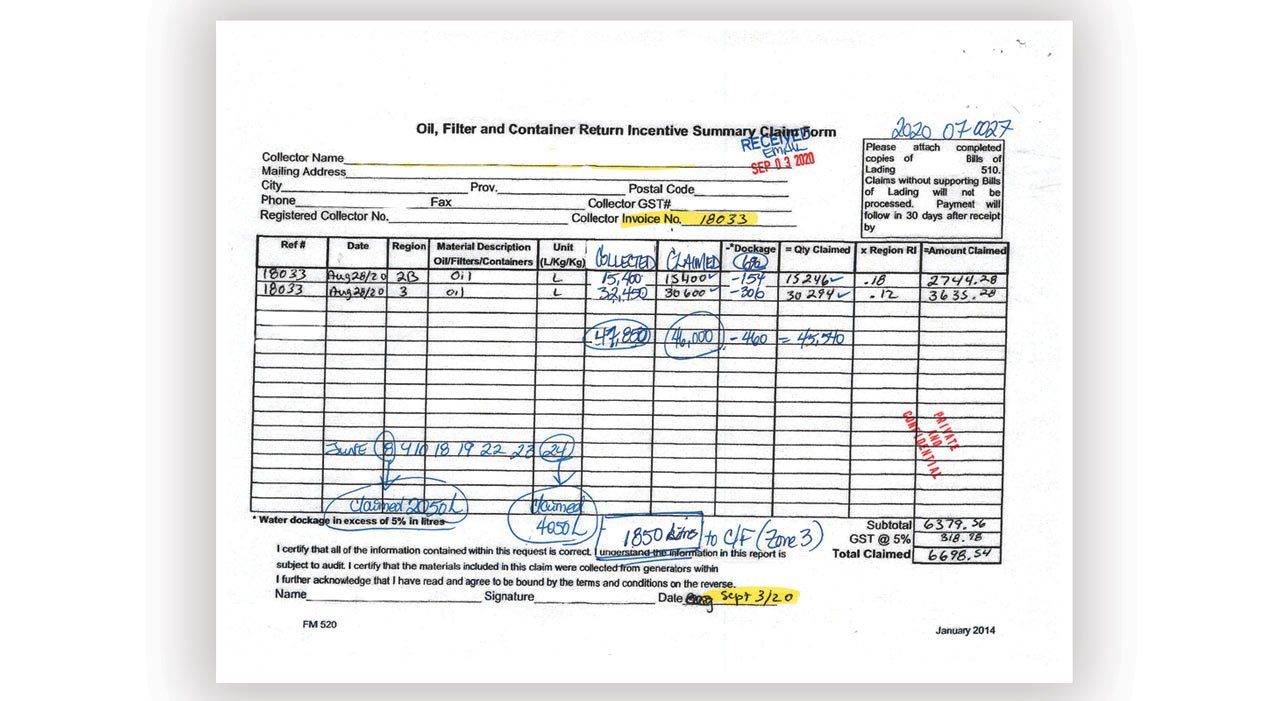 Button
Button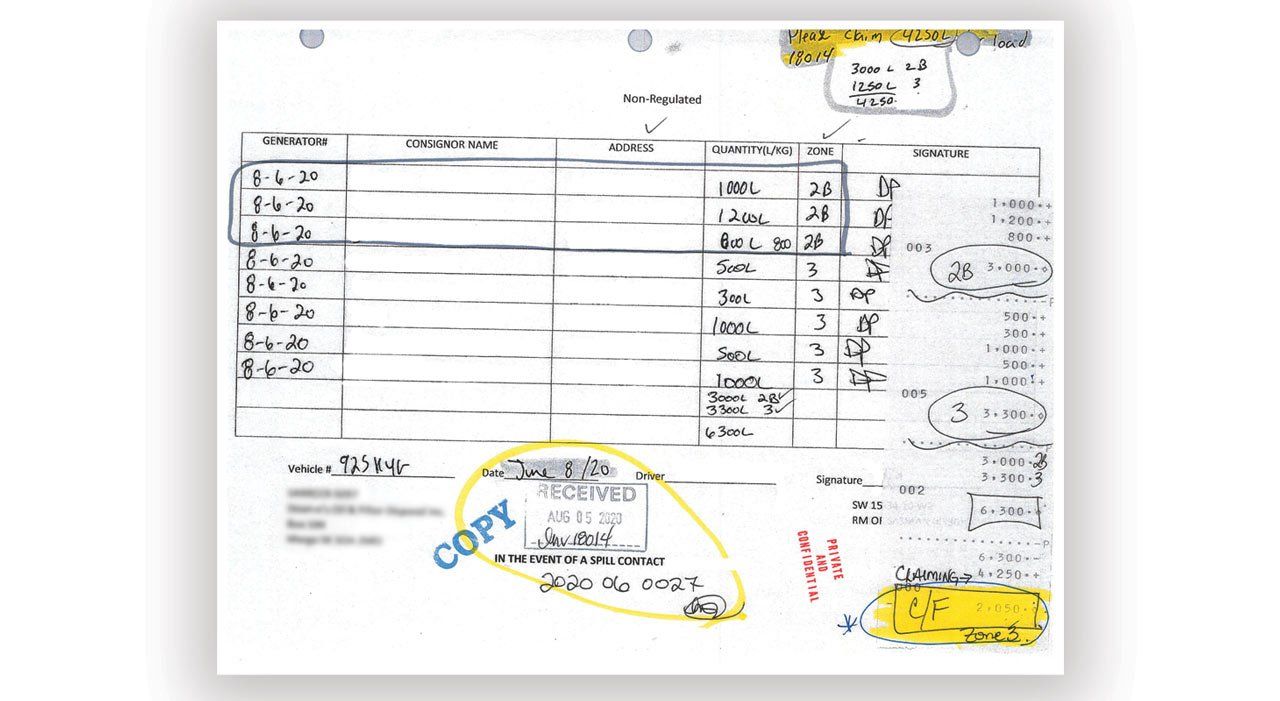 Button
Button
It seems simple: Once a participant (e.g., a hauler, collector, generator, etc.) completes their step in the recycling process, they fill out a form like the ones above to record their work. These forms are then mailed or faxed into the managing organization, who have to manually enter the information into a data management tool (like Microsoft Excel or Access).
The result? Data entry errors, missing or illegible forms, delays, and time wasted trying to manually extract performance analysis from the data. At the end of the day, the data organizations garner from this method is not reliable for decision-making, performance tracking, or reporting.
Tracking methods like this are, unfortunately, all too common in the industry; many organizations track the movement of their materials with paper forms similar to this.
This type of data capture is slow, manual, error-prone, not real-time, and not centralized. It's also susceptible to fraud and security breaches.
It's pretty obvious what the problem is, isn’t it? How are we ever to get to a circular economy – let alone meet our ESG initiatives, performance goals, or GHG reduction targets - with such a system?
Now, let’s talk about the flip side. We said before that many organizations lack crucial information about what digital solutions for managing a waste or recycling program actually do for them. It’s time to shed light on what they can do.
What Digitizing Means for Your Program
To put it simply: adopting a digital solution means the difference between vaguely committing to a goal and actually measuring your progress towards it.
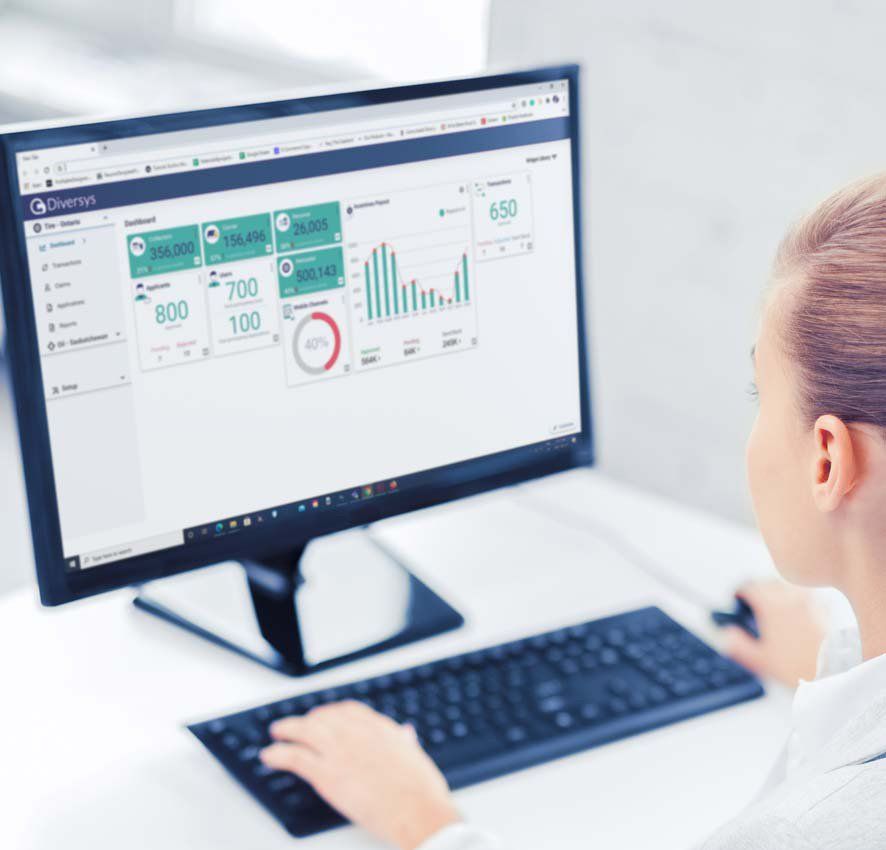
Digital solutions present unprecedented opportunities to:
- See everything that’s happening in your program – from how much GHG reduction or landfill diversion you’ve achieved this year, to what happened with a specific material pick-up on a particular date
- Report on your progress to your team, stakeholders, legislators, or the public – and provide the irrefutable proof you need to back up your claims
- Secure each step of your program, while eliminating paper and related costs and delays – guaranteeing high-quality, reliable data you can use for key decision-making
As ESG initiatives grow and as public attention increasingly turns to waste and recycling programs, the opportunities are not so much “benefits” as they are absolutely necessary. Again, digitizing is the only way to meet the growing demands of the industry and to address the climate crisis.
Addressing the Elephant in the Room...
Despite this, there are many organizations that fear adopting a waste or recycling software to manage their program, because it seems like it would require a huge overhaul or disruption of their current processes – not to mention a large upfront time and monetary investment.
Different software companies address this concern in different ways, so it’s important that organizations opting for waste or recycling software to thoroughly vet their potential partners. This will help you ensure that the partner you choose understands that your business is recycling or waste management - not technology.
The hallmark of a good partner is one who offloads all the headaches of adopting software, so you can remain focused on your business and work can continue uninterrupted. As well, any legacy data you might have should be preserved, and if you have other tools that work for you – such as an ERP system, CRM software, or financial tools – they should be seamlessly integrated into the management software. Having multiple, disparate tools is an unnecessary headache.
What to Look for in a Software Solution
When evaluating waste or recycling software solutions for your program, ask the following questions:
1
Can you see the solution in action today?
2
What business intelligence abilities does the solution offer you? Is this intelligence in real-time? Is it easy to retrieve, understand, and parse?
3
Can you see features that immediately benefit you, as well as features that might be useful down the line as your business evolves?
4
How does the solution actually work? How does it ensure the integrity and security of your data? How will you be able to retrieve your data whenever you need to? (I.e., is the solution cloud-based?)
5
How experienced are the creators of the solution? Do they have both the software and industry know-how to make a great solution? Can you read testimonials from their clients?
6
Does the software partner treat customers as “partners”? Do they invite customers to give feedback on the solution – and do they work that feedback into their product roadmap?
7
What does the software company offer in terms of training, support, or other resources for those who will be using the new system?
This list is by no means exhaustive, but it gives you a good place to start if you’re thinking of adopting waste or recycling software for your program.
Having a no-pressure discussion with an expert is another way to get started thinking about this. If going paperless is something you’ve been considering but you’re unsure where to start, a discussion like this can help you home in on what your requirements are and how to go about finding the right solution for you.
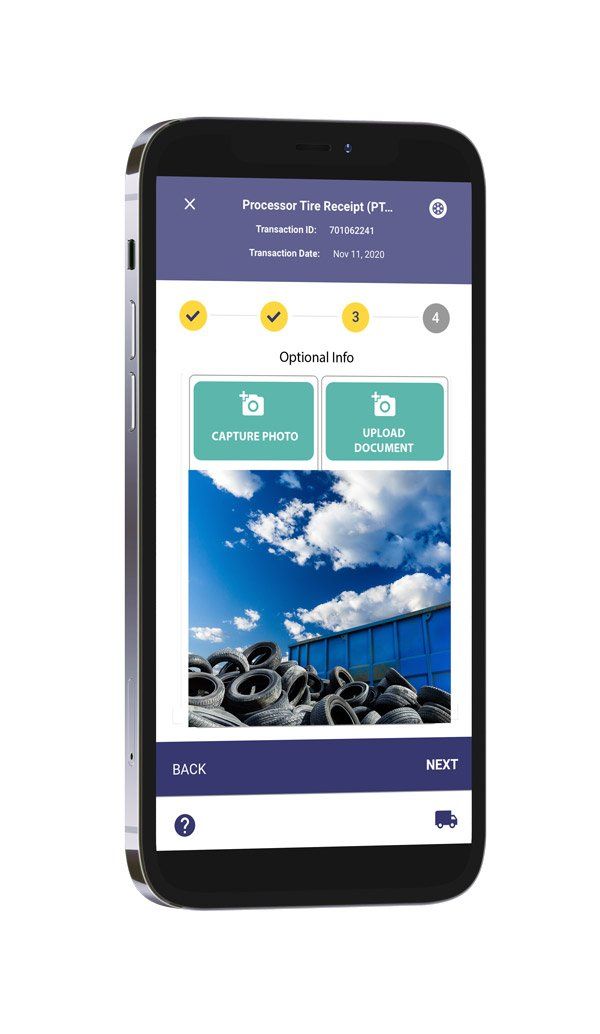
About Diversys
Diversys is proud to have its roots in Ontario, Canada - a province widely recognized for its leadership in EPR and sustainability. Since 2019, we've been dedicated to creating innovative software solutions that drive progress toward a world without waste.
Our story is a testament to the power of hard work, customer loyalty, and big ideas. We are committed to empowering organizations with the waste recycling software solutions necessary for achieving a sustainable future. Our cutting-edge software platform is helping organizations achieve their ESG goals, meet reporting obligations, and improve operational efficiency for their recycling programs.
Our commitment to delivering world-class solutions that drive meaningful progress towards waste reduction and a more sustainable future is unwavering. Our team of industry experts is ready to help you navigate the rapidly-evolving waste management landscape as we progress toward a circular economy.
Knowledge Center
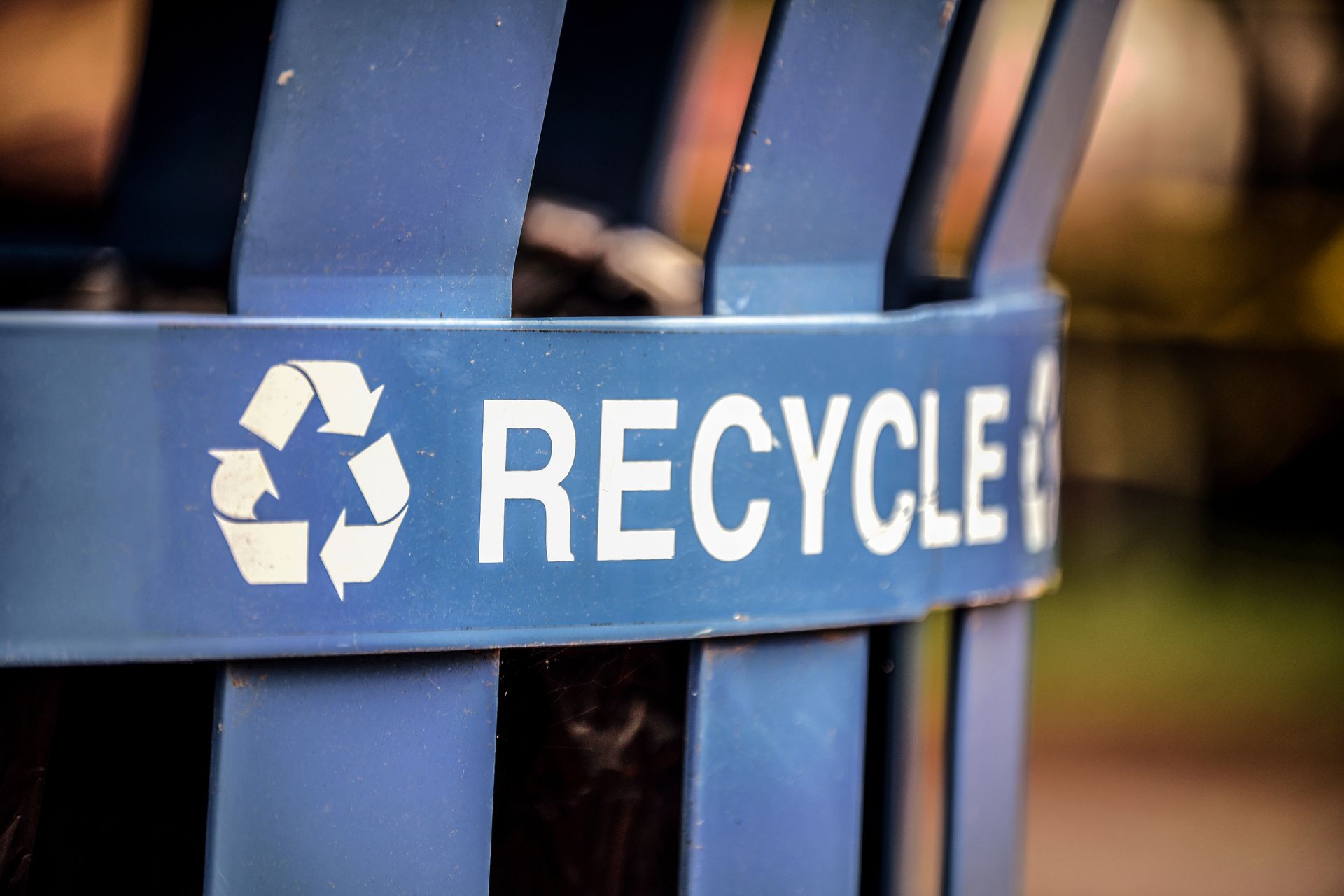



Knowledge Center




Knowledge Center


Subscribe to get updates.
DIVERSYS
LINKS

